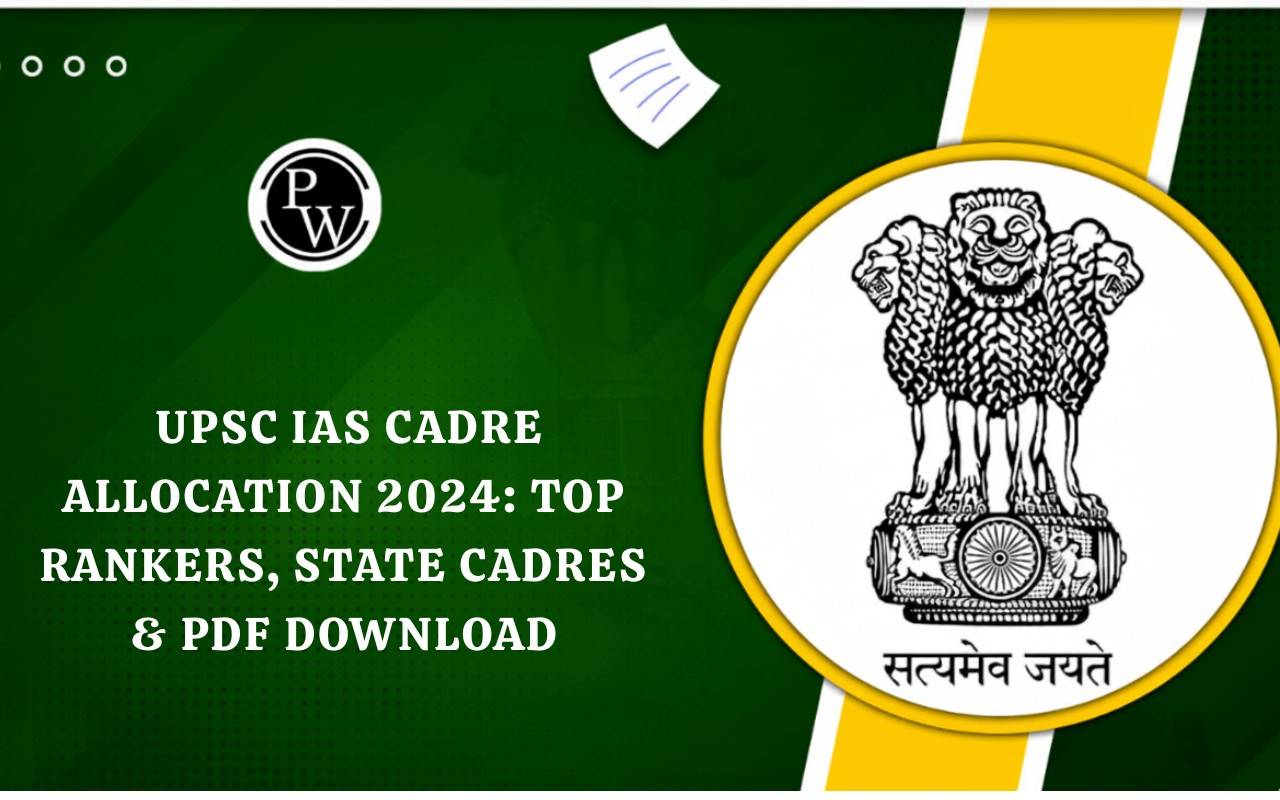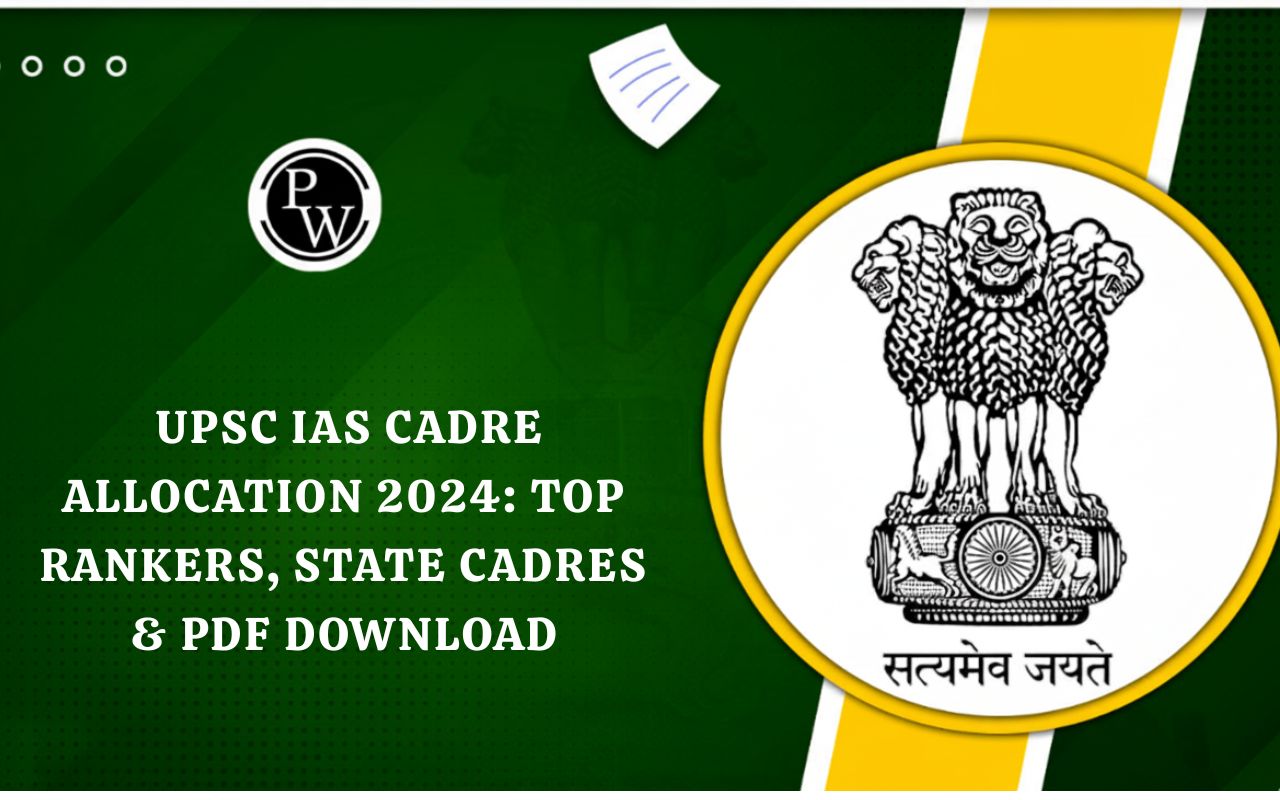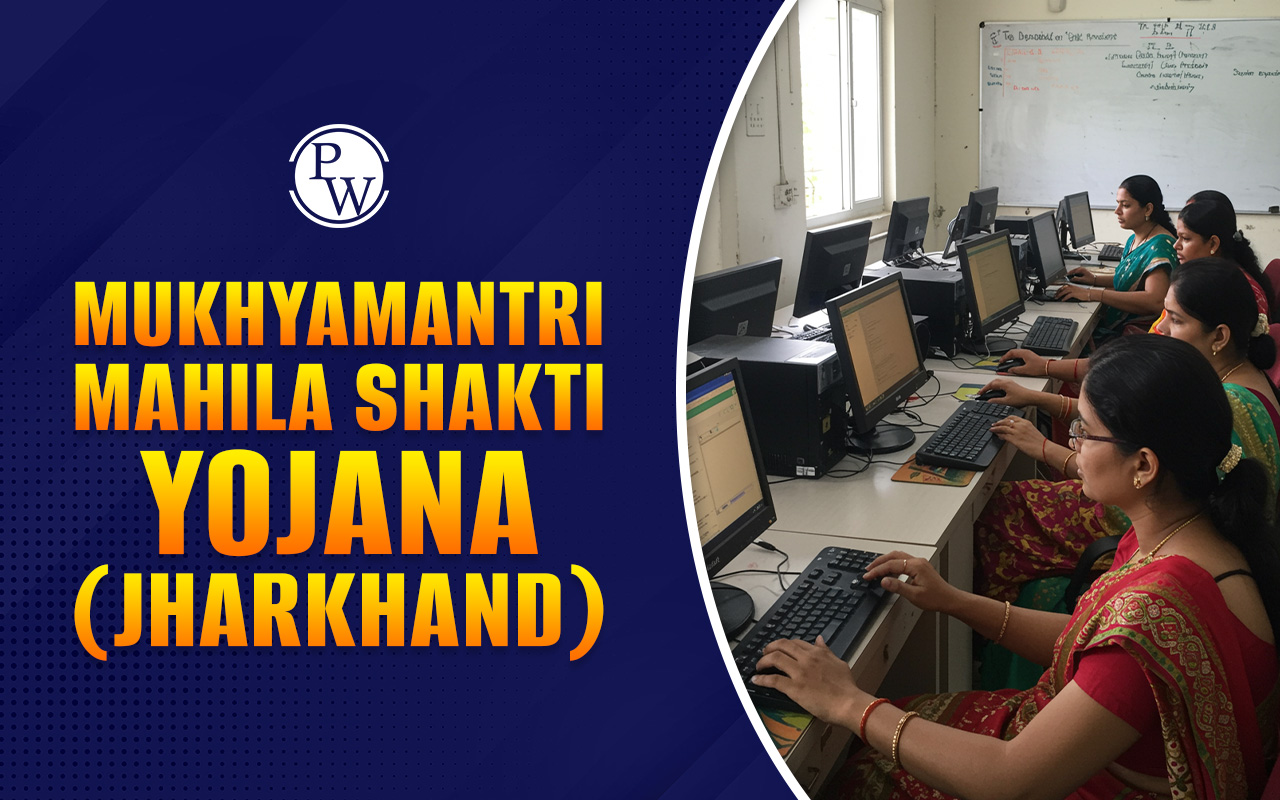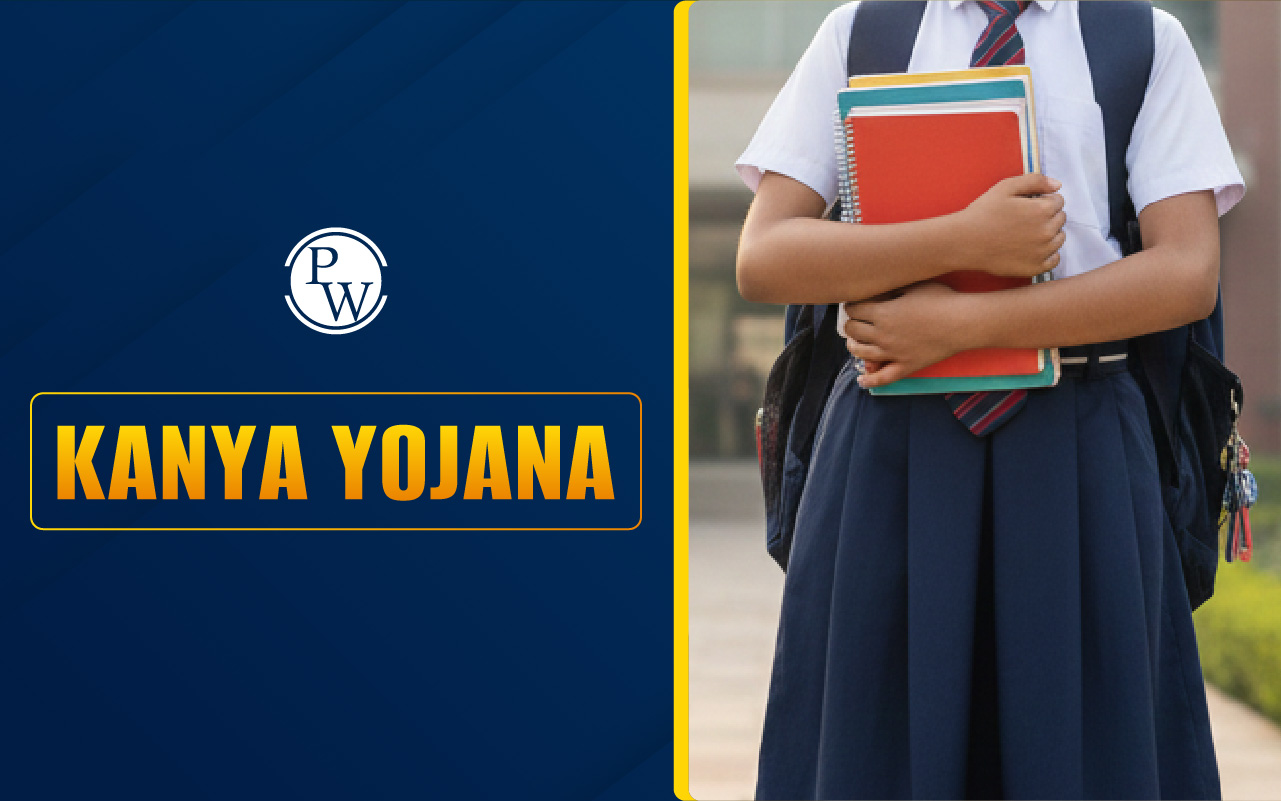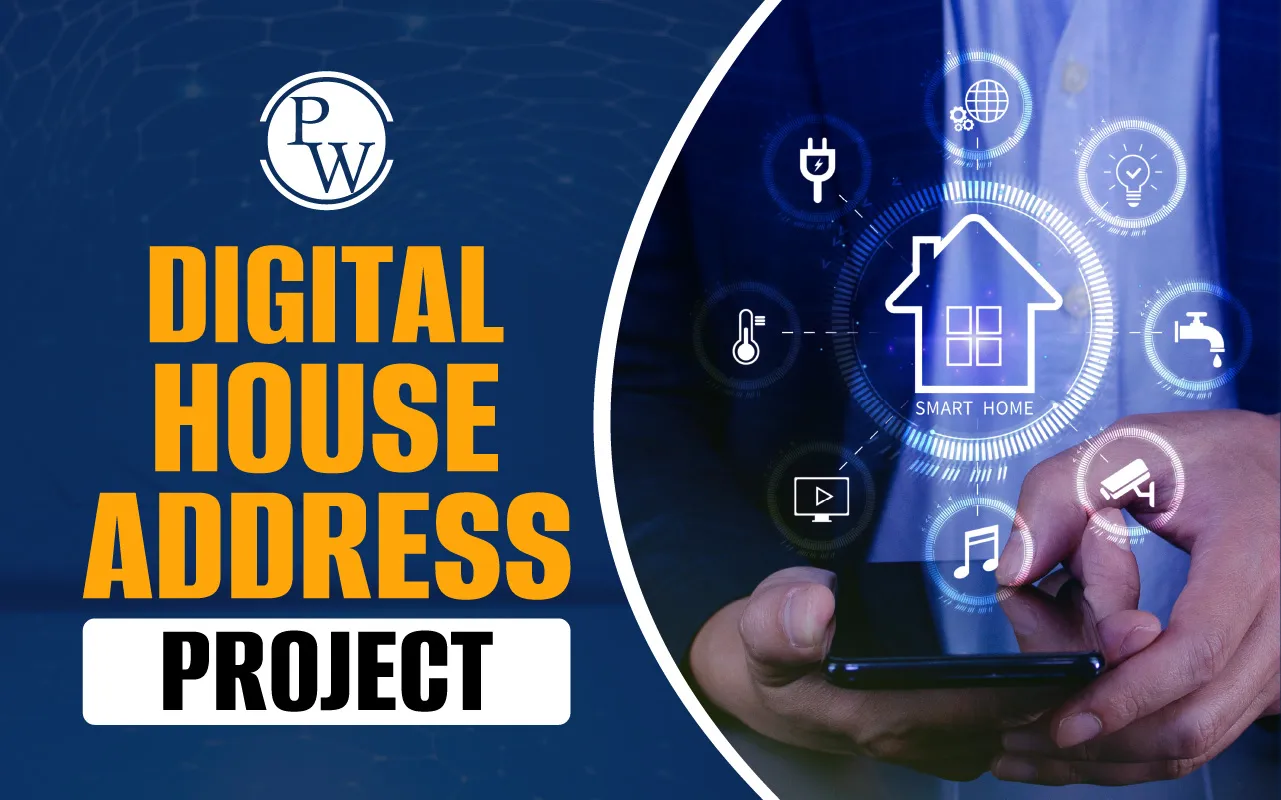
Sendai Framework: Disaster risk reduction has become a global priority due to the growing frequency and severity of natural and human-made disasters. In a recent meeting of the G-20 Disaster Risk Reduction Working Group (DRRWG) India affirmed its commitment to the Sendai Framework.
The Sendai Framework for Disaster Risk Reduction is a critical United Nations initiative aimed at strengthening disaster resilience worldwide. Candidates preparing for the UPSC 2025 exam should familiarize themselves with the key components of the Sendai Framework and India’s initiative.What is Sendai Framework?
The Sendai Framework for Disaster Risk Reduction (SFDRR ) is a global strategy adopted by the United Nations in 2015 to reduce disaster risks and build resilience. Named after Sendai, Japan, where it was adopted, this framework aims to guide countries in their efforts to prevent and reduce losses caused by natural and human-made disasters. The Sendai Framework replaced the previous Hyogo Framework and emphasizes reducing risks at both local and national levels. It takes a proactive approach, aiming to reduce the risks and impacts of disasters rather than merely responding to them. Through its targets, the framework focuses on empowering communities and ensuring sustainable development that is resilient to disasters.Objective of Sendai Framework for Disaster Risk Reduction
The primary objective of the Sendai Framework for Disaster Risk Reduction is to minimize the loss of lives, livelihoods, and health from various disasters by increasing preparedness and resilience. It calls for an inclusive and people-centered approach to disaster risk reduction, which prioritizes the safety and well-being of individuals and communities. By creating robust policies, sharing knowledge, and strengthening communities, it aims to ensure that when disasters do occur, their impact is minimized. It also stresses the importance of cooperation among nations to address global issues like climate change and rapid urbanization that worsen disaster risks. Attempt UPSC Mains PYQ 2018: Describe various measures taken in India for Disaster Risk Reduction (DRR) before and after signing ‘Sendai Framework for DRR (2015-2030)’. How is this framework different from ‘ Hyogo Framework for Action, 2005’? [250 word,15 marks]Priorities for Action in Sendai Framework
The Sendai Framework has four main priorities for action. Each priority serves as a pillar, guiding nations toward effective disaster risk reduction:- Understanding Disaster Risk: This priority emphasizes the need to identify and analyze the factors that contribute to disaster risks, such as environmental, social, and economic vulnerabilities. By understanding the nature and causes of risks, governments and communities can develop more effective mitigation strategies.
- Strengthening Disaster Risk Governance to Manage Disaster Risk : Effective governance structures are crucial for managing disaster risks. The framework encourages countries to establish clear policies, legislation, and institutional frameworks that can reduce and manage disaster risks effectively.
- Investing in Disaster Risk Reduction for Resilience: Investment in risk reduction is essential for creating resilient communities. This includes not only physical infrastructure but also socio-cultural resilience through education and community involvement in disaster preparedness programs.
- Enhancing Disaster Preparedness for Effective Response and to "Build Back Better" in Recovery, Rehabilitation, and Reconstruction: This pillar emphasizes the need for improved infrastructure, policies, and community resilience after a disaster. Instead of merely restoring damaged facilities, communities are encouraged to rebuild stronger and more resilient structures.
Targets in Sendai Framework
The Sendai Framework has seven global targets, which aim to reduce disaster impacts by 2030. These targets are quantifiable goals that provide a clear path for nations to assess their progress in disaster risk reduction. These 7 targets are:- Reduce Global Disaster Mortality By 2030: By aiming to lower the number of lives lost in disasters, this target highlights the importance of improved risk awareness.
- Substantially Reduce the Number of Affected People: This target aims to minimize the number of people globally by 2030 who suffer from the effects of disasters, including injuries, loss of livelihoods, and displacement.
- Reduce Direct Economic Loss in Relation to GDP : The framework seeks to reduce the economic impacts of disasters by promoting resilient infrastructure and risk-sensitive investments.
- Reduce Disaster Damage to Critical Infrastructure and Disruption of Basic Services: Protect essential facilities like schools, hospitals, and roads from disaster damage.
- Increase the Number of Countries with Disaster Risk Reduction Strategies : This target encourages all countries to adopt and implement national and local disaster risk reduction strategies.
- Enhance International Cooperation: Cooperation between nations is essential for sharing resources, knowledge, and support to manage disaster risks effectively.
- Increase Access to Multi-Hazard Early Warning Systems : Ensure that communities have early warning systems for various types of disasters to take preventive measures.
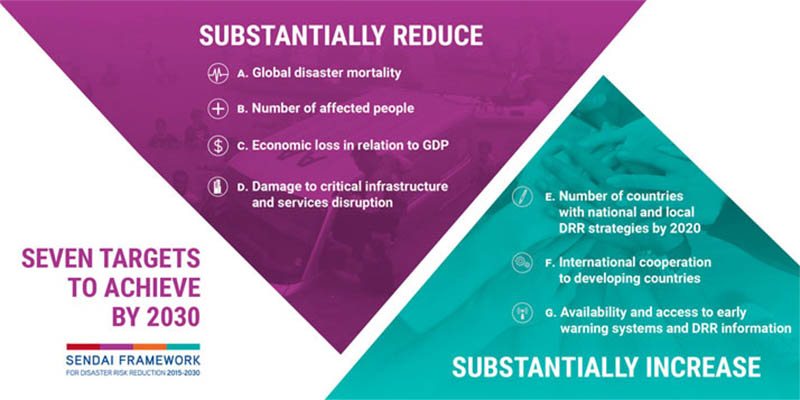 These targets drive countries to take practical steps towards reducing disaster risks, thereby enhancing the resilience and safety of their citizens.
These targets drive countries to take practical steps towards reducing disaster risks, thereby enhancing the resilience and safety of their citizens.
Sendai Framework Indicators
To assess the progress in disaster risk reduction, the Sendai Framework uses a set of 38 indicators. Each target has associated indicators, which help measure outcomes and guide countries in adjusting their strategies. These include metrics like the number of casualties, economic losses, etc. that help countries evaluate whether they are on track with the Sendai Framework’s goals.Sendai Framework Monitor
The Sendai Framework Monitor is an online tool developed by the United Nations Office for Disaster Risk Reduction (UNDRR). This tool allows countries to track, analyze, and report their progress on the framework's targets and all 38 indicators . The Sendai Framework Monitor promotes transparency and accountability, making it easier to assess global progress in disaster risk reduction.India’s Commitment to Sendai Framework
India has demonstrated a strong commitment to implementing the Sendai Framework for Disaster Risk Reduction. The government has integrated disaster risk reduction into national policies and is working to build a resilient society through various initiatives:- National Disaster Management Plan (NDMP) : India’s NDMP aligns with the Sendai Framework, focusing on prevention, mitigation, and preparedness across sectors.
- National Disaster Management Authority (NDMA): India has established the NDMA to coordinate disaster risk reduction activities and create comprehensive disaster management plans.
- Investments in Early Warning Systems: India has made significant advancements in developing early warning systems, particularly for cyclones, floods, and tsunamis.
- Disaster Resilient Infrastructure: India is collaborating with other countries to develop resilient infrastructure through the Coalition for Disaster Resilient Infrastructure (CDRI).
- Community-Based Disaster Preparedness: India promotes community-based approaches, ensuring that disaster risk reduction efforts are inclusive and reach vulnerable populations.
- One Nation One Scheme for Disaster Management, 2018: This initiative is designed to offer financial assistance to states for a comprehensive range of disaster management activities.
| UPSC Related Articles | ||
| NCERTs for UPSC CSE | Mission Karmayogi | Circular Economy |
| UPSC Mains Syllabus | Cooperative Federalism | Apaar ID Card |
Sendai Framework FAQs
What is the Sendai Framework and why it is important for UPSC?
The Sendai Framework is a global strategy adopted by the UN in 2015 to reduce disaster risks and build resilience. This topic is part of the Environment & Ecology and Disaster Management subjects of the UPSC syllabus.
What is the goal of the Sendai Framework?
The primary goal is to substantially reduce disaster risks and losses, safeguarding lives, livelihoods, and health through global collaboration.
What are the main points of the Sendai Framework?
The main points include understanding disaster risks, strengthening governance, investing in resilience, and enhancing preparedness for effective response.
What are the 7 targets of the Sendai Framework?
The seven targets focus on reducing mortality, the number of affected people, economic losses, damage to infrastructure, and increasing resilience, early warning systems, and global cooperation.
What are the four pillars of the Sendai Framework?
The four pillars are: understanding disaster risk, strengthening disaster risk governance, investing in resilience, and enhancing disaster preparedness for effective response.
🔥 Trending Blogs
Talk to a counsellorHave doubts? Our support team will be happy to assist you!

Check out these Related Articles
Free Learning Resources
PW Books
Notes (Class 10-12)
PW Study Materials
Notes (Class 6-9)
Ncert Solutions
Govt Exams
Class 6th to 12th Online Courses
Govt Job Exams Courses
UPSC Coaching
Defence Exam Coaching
Gate Exam Coaching
Other Exams
Know about Physics Wallah
Physics Wallah is an Indian edtech platform that provides accessible & comprehensive learning experiences to students from Class 6th to postgraduate level. We also provide extensive NCERT solutions, sample paper, NEET, JEE Mains, BITSAT previous year papers & more such resources to students. Physics Wallah also caters to over 3.5 million registered students and over 78 lakh+ Youtube subscribers with 4.8 rating on its app.
We Stand Out because
We provide students with intensive courses with India’s qualified & experienced faculties & mentors. PW strives to make the learning experience comprehensive and accessible for students of all sections of society. We believe in empowering every single student who couldn't dream of a good career in engineering and medical field earlier.
Our Key Focus Areas
Physics Wallah's main focus is to make the learning experience as economical as possible for all students. With our affordable courses like Lakshya, Udaan and Arjuna and many others, we have been able to provide a platform for lakhs of aspirants. From providing Chemistry, Maths, Physics formula to giving e-books of eminent authors like RD Sharma, RS Aggarwal and Lakhmir Singh, PW focuses on every single student's need for preparation.
What Makes Us Different
Physics Wallah strives to develop a comprehensive pedagogical structure for students, where they get a state-of-the-art learning experience with study material and resources. Apart from catering students preparing for JEE Mains and NEET, PW also provides study material for each state board like Uttar Pradesh, Bihar, and others
Copyright © 2025 Physicswallah Limited All rights reserved.
Get App
